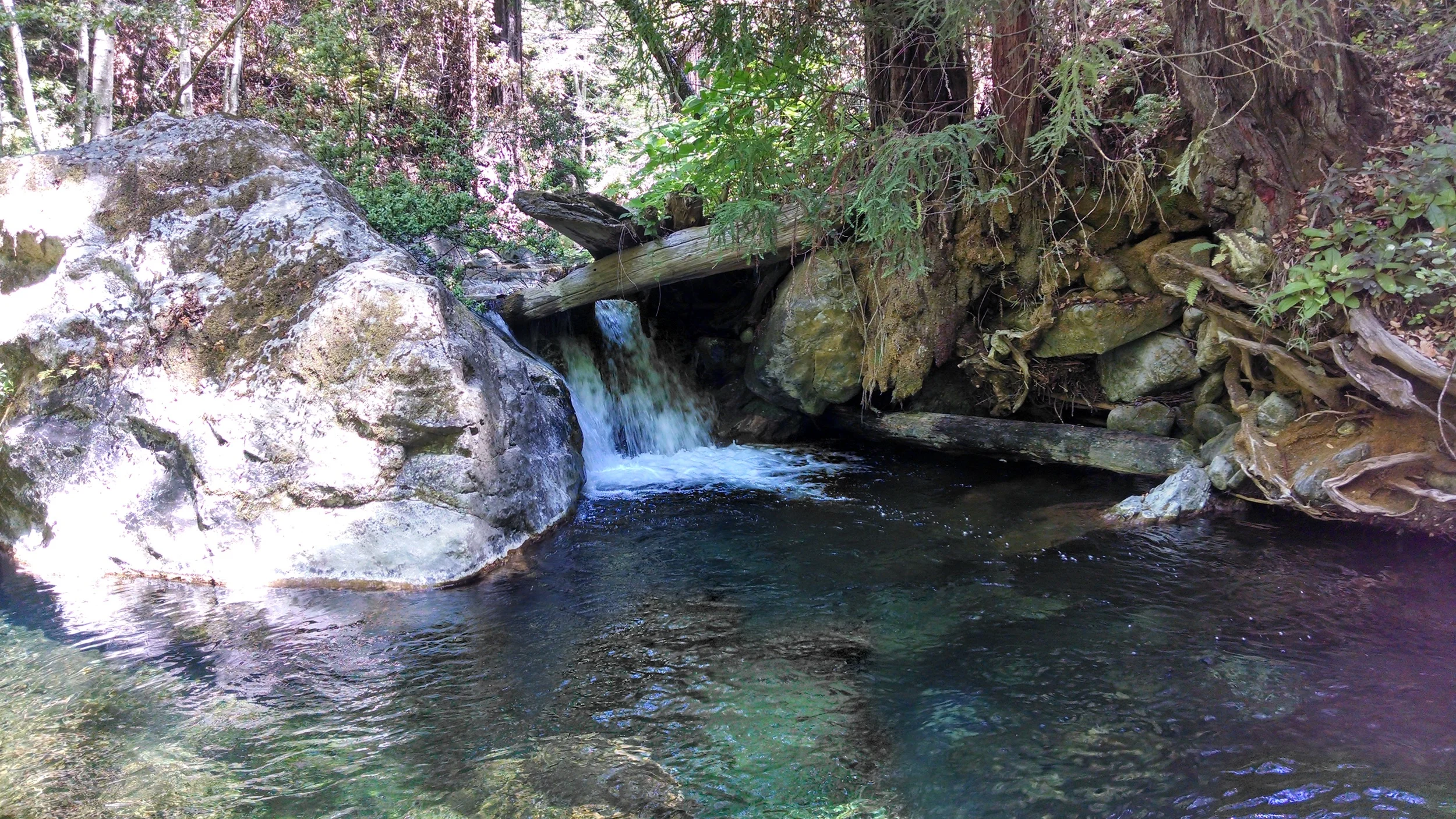What is a Bioregion?
By
Fred McPherson 1997
for the Bioregional Association of the North Americas (BANA) website
Updated 10/22/2014
The concept of a bioregion is a an evolving and dynamic idea. The term bioregion attempts to define and determine the location of an individual in the the biosphere,* and to help each person develop a sense of place. Bioregions are thought of as the natural countries of the planet in terms of ecology, economics, and political decisions regarding resource management and planning issues. More and more people are beginning to consider the well-being of the places where they live to be central to their own well-being.
According to bioregional proponents like Peter Berg and Ray Dasmann, early members of the Planet Drum Foundation, a bioregion can be determined initially by use of climatology, physiography, animal and plant geography, natural history and other descriptive natural sciences, but finally it must be defined and understood in terms that refer t\o a terrain of consciousness as well as a geographical landscape scale on which to live life. Ideally, bioregionalism helps the people in an area productively relate to their surroundings in a sustainable, prosperous, healthy, enjoyable way. It should encourage and facilitate the flow of energy and material resources between humans and their environment by giving them a sense of place and cultural perspective that permits them to make good personal and collective decisions. Some groups define their bioregion based upon a totem** animal, or plant, like the salmon or wild onion; others, upon a biome or plant community, or the range of a plant or animal species. Still others base it upon some geological or geographic feature like a mountain range or river watershed. Some look at mountain range regional groups as an alliance of the smaller, interconnected watershed bioregions.
The following is a definition given by Peter Berg in the Symposium on Biodiversity of Northwestern California, October 28-30, 1991:
““A bioregion can be determined initially by the use of climatology, physiography, animal and plant geography, natural history and other descriptive natural sciences. The final boundaries of a bioregion are best described by the people who have lived within it, through human recognition of the realities of living-in-place. All life on the planet is interconnected in a few obvious ways, and in many more that remain barely explored. But there is a distinct resonance among living things and the factors which influence them that occurs specifically within each separate place on the planet. Discovering and describing that resonance is a way to describe a bioregion.””
The Santa Cruz Mountains Bioregional Council (SCMBC) defines the Santa Cruz Mountains Bioregion as that part of the coast range that extends from the Golden Gate on the north down to the Pajaro River to the South and from The San Francisco Bay and Santa Clara Valley on the East to the Pacific Ocean and Monterey Bay to the West. It includes all of this area, all of the watersheds, within these geographic boundaries. It extends from the ridge tops down to the alluvial fans, brackish/saltwater lagoons, marshes, mud flats and coastal intertidal zones.
This more useful ecosystem-oriented definition permits the consideration of hydrological processes, sediment flows, nutrient cycles, and the movement of species within riparian corridors and plant communities in all of the watersheds within the geographic area of the Santa Cruz Mountains.
* The living world of our planet forms a thin layer around the nonliving world. This layer, including the organisms, air, rock, soil, and water, is called the biosphere.
** A totem is a being, object, or symbol representing an animal or plant that serves as an emblem of a group of people, such as a family, clan, lineage, or tribe, reminding them of their ancestry (or mythic past). Some native people assert a historical or spiritual relationship with a plant, animal, or natural object.

